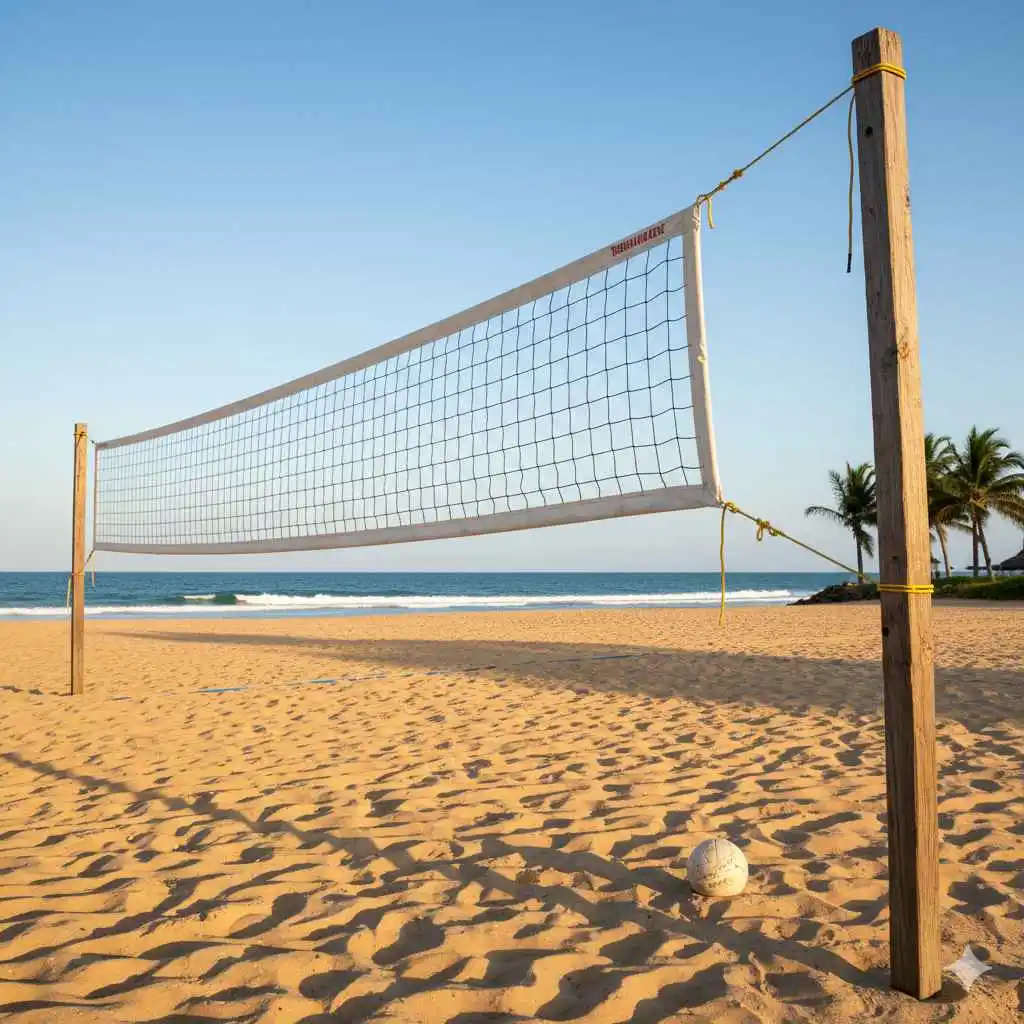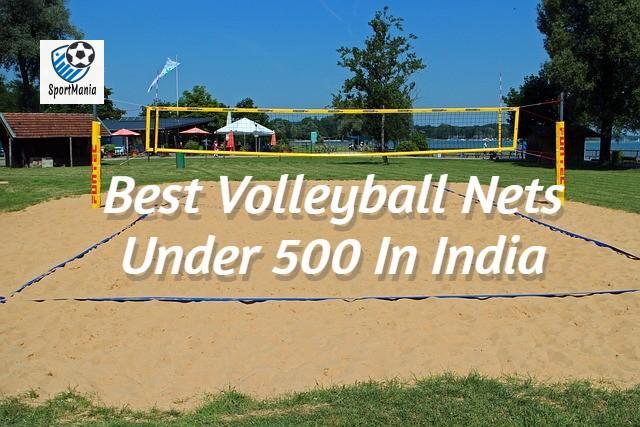If you’ve hit a volleyball even once in your life, you already get it—the volleyball net price is a big freaking deal. It’s not just a line dividing the court. It’s the difference between a real game and a bunch of people whacking a ball around. I’ve watched games where the ball just barely skims the net, and everyone loses their minds. Those little heart-stopping moments? Yeah, they only happen when the net is set up right and tight, not drooping like a sad clothesline.
Now, let’s talk money because the first thing everyone asks is: “How much should I actually pay for a volleyball net price?” And oh boy, here’s where people fall down the rabbit hole. You hop onto Amazon or wander into a sports shop, and suddenly there’s everything from dirt-cheap ₹500 nets to “pro” ones for ₹8,000. They all look the same in those photos, don’t they? Some say “official size,” others throw around “professional” like it actually means something. How do you know what’s legit and what’s just marketing fluff?
Let’s cut through the BS and get real about what you’re actually paying for.

So, What’s a Volleyball Net Price, Really?
Okay, quick refresher: A volleyball net is just a mesh rectangle that cuts the court in half. For standard play, you’re looking at about 9.5 to 10 meters wide and 1 meter tall. The height depends on who’s playing:
• Men’s games: around 2.43 meters
• Women’s games: slightly lower, about 2.24 meters
Easy enough, yeah? Here’s the kicker, though—most people totally miss the stuff that matters. It’s not just the size. The thread quality, the edge tape, even the cables holding the thing up—these are what separate a net that lasts from one that falls apart before your second match. That’s where the price really starts to jump.
Why Do Volleyball Net Prices Swing So Wildly?
Let me tell you, not all nets are made equal. I’ve had cheap nets that gave up halfway through a Sunday picnic and others that took a real beating in outdoor leagues, rain and all. That price range isn’t just for show. It’s all about:
1. Material Quality
Most nets use nylon or polyethylene (PE).
• Nylon: More flexible, awesome for indoor playhouses or school gyms.
• PE: Tougher, laughs in the face of sunlight and rain, so it’s king for outdoors or beach games.
If you’re playing outside, just cough up the extra for UV-resistant PE. Yeah, it’s pricier, but you get double the lifespan instead of buying a new one every monsoon.
2. Mesh and Stitching Strength
Good nets have that tight weave, nothing loose, and double-stitched corners. Cheap nets? Loose threads and sad little knots that fall apart after a few spikes. Spend a bit more, and you won’t end up fixing or replacing mid-game.
3. Brand Name
Look, branding isn’t just a flex. Old players know—Nivia, Cosco, Vinex, Mikasa—they’ve been around for a reason. It might cost a tad more, but you’ll spot the difference before you even finish your first set.
4. Indoor vs Outdoor
Outdoor nets need to deal with sun, rain, wind, and your clumsy friends tripping over them, so they’ve got thicker cords, stronger edge tape, weatherproofing—the works. Indoor nets are lighter, don’t need all the armor, and that keeps them cheaper.
5. What’s in the Box?
Some sets throw in poles, boundary lines, even a bag. So yeah, the sticker price goes up, but if you bought those bits separately, you’d probably blow even more cash.
Indoor vs Outdoor Nets: Who Wins the Price War?
Here’s what most people don’t realize:
• Indoor volleyball net prices: Usually nylon, soft and light. Won’t break the bank—think ₹1,000 to ₹3,000.
• Outdoor volleyball net prices: PE or coated nylon, beefed up with reinforced edges. Price jumps to ₹2,000 to ₹6,000.
Outdoor nets just have to be tougher, that’s why they cost more. If you’re even thinking about setting up in a park or backyard, just buy the outdoor kind. Thank me later when your net doesn’t turn into spaghetti after a drizzle.
How to Pick the Right Volleyball Net Price (and Not Regret It)
Here’s my no-nonsense checklist:
1. Know Why You’re Buying
Backyard fun? School games? Actual tournaments? Your reason should set your budget, not the other way around.
2. Don’t Be a Cheapskate
Those ₹600 nets? They’re cheap for a reason. Spend a little extra and save yourself the headache of duct-taping your net together every weekend.
3. Double-Check the Size
Don’t trust those e-commerce photos. Some nets are mini-sized or weirdly shaped. Always check the listed dimensions if you actually want a real game feel.
4. Read the Reviews
Seriously, just scroll through what other buyers say. People post photos, point out flaws, and tell you if the seller is shady. It’s the best research you can do.
5. Stick with Trusted Brands
If you’re clueless, start with Nivia or Cosco. Solid quality, mid-range prices, and you won’t end up with a net that rips when you sneeze.
So there you go. Don’t let a bad net wreck your game. Spend smart, not cheap, and you’ll be spiking happy for seasons.
Best Volleyball Net For 2025

End Of The Blog
Thank You For Reading.

